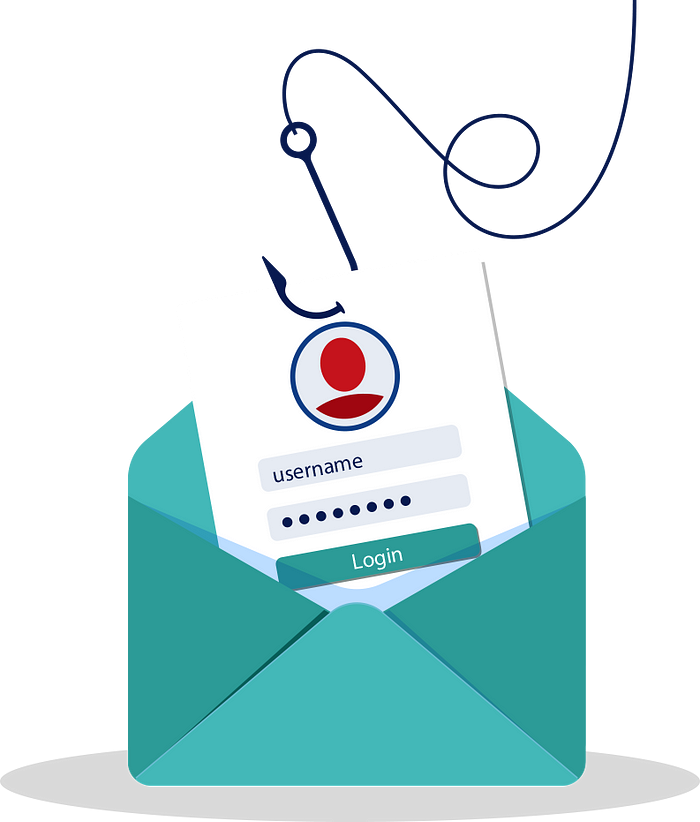From Click to Crisis: How Phishing Attack Simulations Prevent Breaches
I’ve worked with companies where one innocent click opened the door to chaos. It’s alarming how easily a well-crafted email can bypass all firewalls—except the human one.
I’ve worked with companies where one innocent click opened the door to chaos. It’s alarming how easily a well-crafted email can bypass all firewalls — except the human one. That’s why I believe every business needs to experience a phishing attack simulation before facing a real threat.
The Growing Danger of Phishing in the Workplace
Phishing emails are no longer filled with bad grammar and obvious red flags. Today’s phishing attempts are smart, targeted, and terrifyingly convincing. Whether it’s a fake invoice, a login prompt, or a spoofed email from the CEO, attackers know how to bait employees.
Even with antivirus tools and firewalls, human error is still the #1 cause of data breaches. That’s where phishing simulation services come into the picture — not as scare tactics, but as practical education.
What Is a Phishing Simulation Service?
A phishing simulation service is like a fire drill, but for cybersecurity. It involves sending fake phishing emails to employees to test how they respond. Do they click? Do they report it? Or do they ignore it?
The point isn’t to shame anyone. It’s about learning in a safe environment — so that when the real threat arrives, your people know what to do. A good phishing email simulator**** mimics real-world attack methods and helps build employee intuition over time.
Inside a Simulated Phishing Attack
Let me walk you through what a typical simulated phishing attack**** looks like. Recently, a mid-sized tech firm used a phishing attack simulator to test its marketing department. The email was a fake LinkedIn alert about someone endorsing their skills. Tempting, right?
Over 20% of the team clicked the link. Fortunately, this was just a test — no harm done. But what came next was powerful: immediate feedback, a short training video, and discussion within the team. Next time, those employees will pause before clicking.
That’s the real value of a phishing attack simulation — it teaches through experience.
Why Phishing Simulation Services Matter
1. Reduce Risk with Real-World Practice
Simulations allow you to see how your team would handle a real attack without the real-world consequences.
2. Empower Employees to Spot Threats
When staff are trained using a phishing attack simulation service, they become active participants in your security plan — not just passive targets.
3. Support Compliance & Audit Requirements
Many industries now require regular cybersecurity training. A phishing simulation service checks that box with measurable results.
4. Gain Actionable Insights
Analytics from a phishing attack simulator**** show who’s vulnerable, how often people click, and which teams need more support.

Choosing the Right Phishing Email Simulator
Not all phishing simulation services are equal. You want something that feels realistic — emails that mimic actual threats, not cartoonish scams.
Look for:
- Templates tailored to your industry
- Scheduled campaigns
- Automatic training follow-ups
- Clear reporting dashboards
These features help make phishing simulations part of your ongoing security culture — not just a one-time test.
A Personal Perspective: It’s Not About Shame — It’s About Readiness
When I first introduced phishing simulations to a client’s HR team, there was a lot of anxiety. No one wanted to “fail.” But after the first few simulations, that fear turned into confidence. They started spotting fake emails more easily — even outside of work.
That shift — from fear to awareness — is exactly why I stand behind the value of phishing simulation services. They prepare people, not just systems.
Final Thoughts: Be Proactive, Not Reactive
Cybercriminals aren’t waiting. Every inbox is a potential entry point. With a solid phishing simulation service in place, your team can practice recognizing threats before real damage is done.
So don’t wait for the breach. Simulate it. Train your people. And turn your biggest vulnerability — your people — into your strongest line of defense.